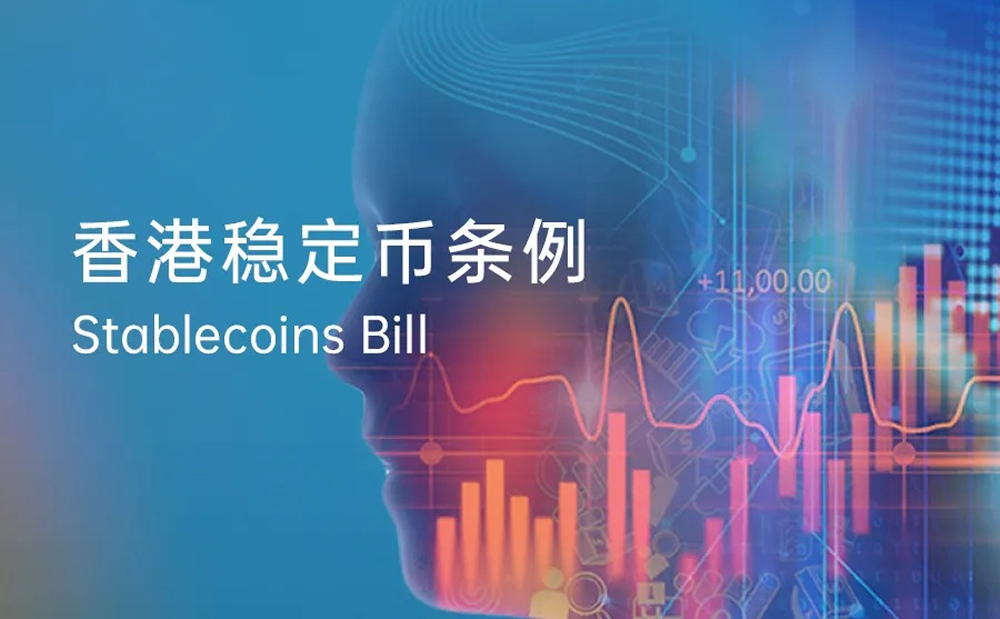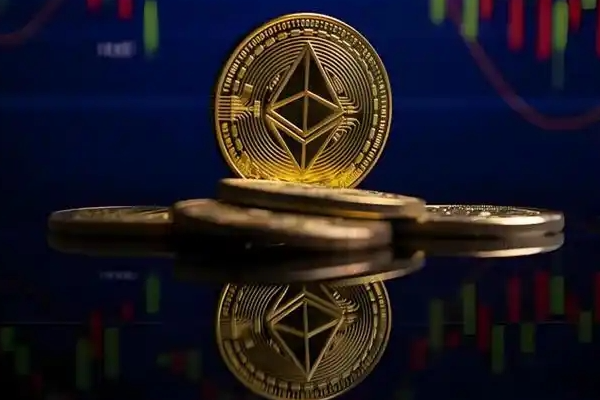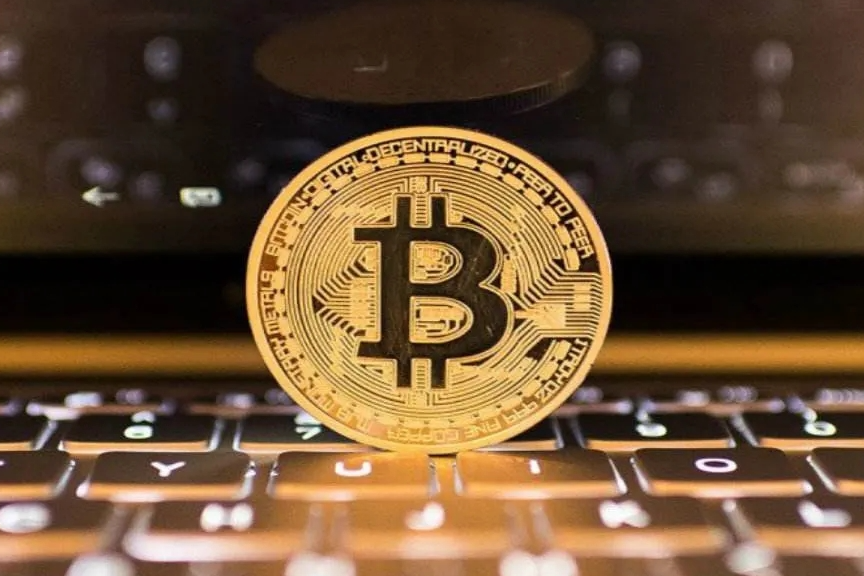On August 1, 2025, Hong Kong's "Stablecoin Ordinance" (Chapter 656) will officially take effect, marking Hong Kong as the world's first jurisdiction to establish a comprehensive regulatory framework for fiat-backed stablecoins. This milestone legislation not only provides a clear legal framework for Hong Kong's virtual asset industry but also profoundly impacts the global digital financial ecosystem by balancing financial innovation with risk control.
The U.S. stablecoin bill is also progressing steadily, while Circle, the issuer of the world's second-largest dollar-pegged stablecoin USDC, plans to go public on the New York Stock Exchange on June 5, becoming the first IPO in the stablecoin sector. The picture of stablecoins moving from the margins to the mainstream and gradually permeating real life is becoming clearer.
Hong Kong's "Stablecoin Ordinance": A World-First Regulatory Framework
According to an announcement from the Hong Kong Special Administrative Region government, the "Stablecoin Ordinance" was published in the Gazette on May 30, 2025, establishing a licensing system for stablecoin issuers, which will officially come into effect on August 1.
The ordinance clearly defines "fiat-collateralized stablecoins," which are stablecoins anchored to fiat currencies (such as the Hong Kong dollar or U.S. dollar), and requires issuers to apply for a license from the Hong Kong Monetary Authority (HKMA), with a minimum paid-up capital of HKD 25 million. Additionally, the ordinance includes strict anti-money laundering (AML) and counter-terrorism financing (CFT) requirements, mandating that issuers ensure the safety and transparency of reserve assets to maintain the stability of Hong Kong's monetary and financial system.

The Secretary for Financial Services and the Treasury, Christopher Hui, stated that the ordinance sets a key milestone for the development of the local stablecoin and digital asset ecosystem. The ordinance not only allows compliant stablecoins to enter Hong Kong's Faster Payment System (FPS), supporting scenarios such as payments, e-commerce, cross-border transactions, and on-chain finance, but also provides professional investors with access to unlicensed stablecoin issuers.
Hong Kong's regulatory approach reflects characteristics of being "fast, precise, and decisive." By clarifying the regulatory authority (HKMA) and setting clear compliance requirements, Hong Kong aims to seize the global high ground in Web3 and real asset tokenization (RWA). At the same time, the transitional arrangements in the ordinance provide a buffer for market participants, ensuring a smooth process for license applications and business adjustments.
U.S. GENIUS Act: A Steady Regulatory Path
In contrast to Hong Kong's rapid pace, the U.S. stablecoin regulatory process appears more cautious. In May 2025, the U.S. Senate passed the "GENIUS Act," marking significant progress in U.S. stablecoin legislation.
The bill aims to establish a federal-level regulatory framework for stablecoin issuers, clarifying joint oversight by the U.S. Department of the Treasury and the Securities and Exchange Commission (SEC), focusing on preventing systemic risks, ensuring transparency of reserve assets, and enhancing consumer protection. The bill is expected to enter the next stage of review in mid-June.

Compared to Hong Kong's specialized legislation, the U.S. regulatory framework places greater emphasis on integration with the existing financial system. Hong Kong directly incorporates stablecoins into the Faster Payment System, emphasizing their payment functionality; whereas the U.S. is more concerned about the potential impact of stablecoins on traditional financial markets, such as the influence on U.S. dollar hegemony and monetary policy. Additionally, the U.S. bill's capital requirements and compliance costs for issuers may be higher than those in Hong Kong, which could limit entry for small and medium-sized enterprises but help filter out more competitive players.
Circle's IPO: A Sign of Stablecoins Moving to the Mainstream
On June 5, 2025, Circle plans to list on the New York Stock Exchange under the ticker symbol CRCL, expecting to raise approximately $880 million by issuing 32 million shares (priced at $27-28 each). As the issuer of the world's second-largest dollar-pegged stablecoin USDC, Circle's IPO is seen as a key step in integrating digital currencies into the traditional financial system.
As of April 2025, USDC had a circulating market capitalization of approximately $60.9 billion, second only to Tether's USDT.
USDC is widely used in cross-border payments, decentralized finance (DeFi), and digital asset trading, with its 1:1 dollar peg providing users with a low-volatility digital asset option. Circle's IPO has also attracted the attention of institutional investors, with new investors subscribing to $150 million worth of shares.

Hong Kong vs. U.S.: Balancing Regulation and Innovation
The regulatory paths for stablecoins in Hong Kong and the U.S. each have their own focus. Hong Kong has seized the initiative in the global stablecoin market through rapid legislation and sandbox testing, aiming to solidify its position as an international financial center. The U.S., on the other hand, places greater emphasis on long-term systemic risk prevention, attempting to find a balance between innovation and stability. A commonality in the regulations of both regions is the emphasis on compliance and transparency, laying the groundwork for the global promotion of stablecoins.
Circle's IPO adds a catalyst to this process. The success of the IPO not only proves the commercial viability of stablecoins but also sets a benchmark for other issuers. In the future, as compliant Hong Kong dollar stablecoins are implemented and the U.S. regulatory framework is refined, stablecoins are expected to further integrate into payment, investment, and financial services globally.
How Stablecoins Impact Real Life?
Stablecoins, as a digital extension of fiat currency, are moving from the margins to the mainstream, profoundly changing our daily lives.

Cross-Border Payments: An Efficient and Low-Cost Alternative
Traditional cross-border payments rely on the SWIFT system, which is costly and has long settlement cycles. Hong Kong's "Stablecoin Ordinance" allows compliant stablecoins to access the FPS system, making them usable for cross-border payments, significantly reducing transaction costs and time. For example, Hong Kong dollar stablecoins can be directly used for trade settlements between Hong Kong and mainland China or Southeast Asia, providing small and medium-sized enterprises with more efficient payment tools. USDC has already been adopted by platforms like PayPal, demonstrating similar potential.
E-commerce and Daily Consumption: A Seamless Payment Experience
Stablecoins in Hong Kong can be directly used on e-commerce platforms, allowing consumers to pay for goods or services with Hong Kong dollar stablecoins, enjoying near real-time transaction confirmations. Hong Kong's Octopus system may support stablecoin top-ups, further blurring the lines between digital currencies and fiat currencies. Circle's USDC has been integrated into multiple payment platforms, enabling users to purchase goods or conduct P2P transfers using stablecoins, simplifying the payment process.
Financial Inclusion: Empowering the Unbanked Population
Stablecoins provide financial tools for those who cannot access traditional banking services. In developing countries, stablecoins like USDC can be used through mobile wallets, allowing users to participate in the global economy.
RWA and On-Chain Finance: New Opportunities for Asset Digitization
Hong Kong's "Stablecoin Ordinance" explicitly supports real asset tokenization (RWA), allowing assets such as real estate and bonds to be issued in the form of stablecoins via blockchain, lowering investment barriers. The U.S. is also exploring similar directions, and Circle's IPO may encourage more institutions to participate in RWA projects, accelerating the digital transformation of traditional assets.
Conclusion: The Future of Stablecoins and Their Integration into Reality
The enactment of Hong Kong's "Stablecoin Ordinance," the advancement of the U.S. "GENIUS Act," and Circle's IPO collectively signify a turning point for stablecoins, moving from the peripheral concept of cryptocurrencies to mainstream financial tools.
From cross-border payments to daily consumption, from financial inclusion to asset tokenization, stablecoins are gradually integrating into our real lives, redefining the boundaries of currency and finance.
For the average person, stablecoins may soon become "digital cash" in their wallets, quietly changing our payment habits and wealth management practices.
免责声明:本文章仅代表作者个人观点,不代表本平台的立场和观点。本文章仅供信息分享,不构成对任何人的任何投资建议。用户与作者之间的任何争议,与本平台无关。如网页中刊载的文章或图片涉及侵权,请提供相关的权利证明和身份证明发送邮件到support@aicoin.com,本平台相关工作人员将会进行核查。




